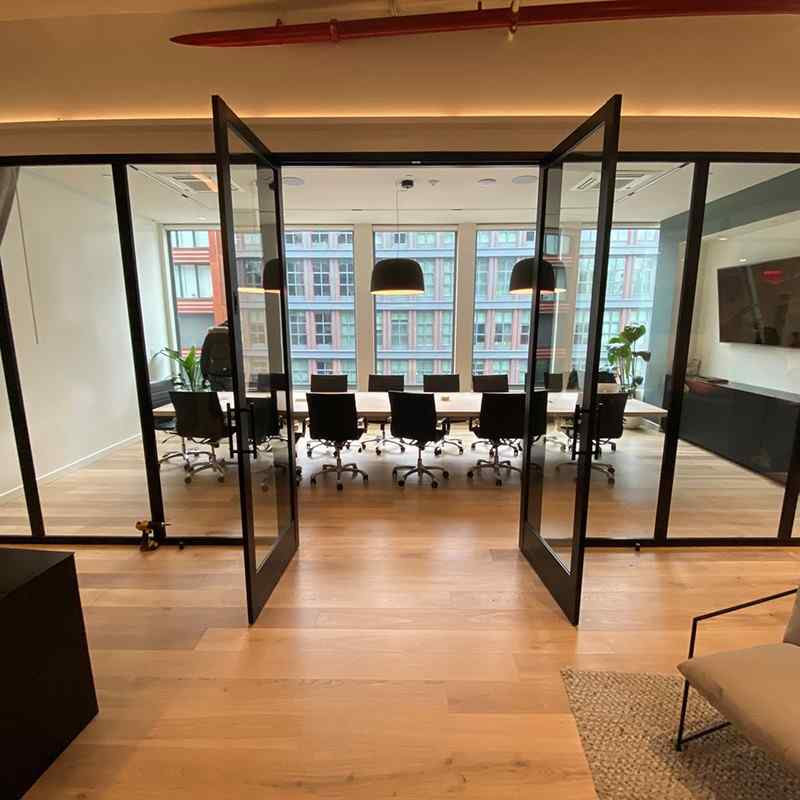
Swing doors are a common sight in homes, businesses and public buildings alike. Their convenient design allows people to open or close them easily when needed and provide privacy in rooms where it is important that people feel isolated or secure.
Swing door hardware comes in various styles and finishes. You can add a sidelite or transom for more light to fill each room, as well as colors and textures to fit into any design aesthetic.
Swinging doors provide many benefits in tight environments where every inch counts. When they are opened, they may unintentionally block pathways or usurp floor space - this is particularly pertinent in kitchens with chefs working quickly, or retail spaces where every inch counts.
Homeowners often use swinging doors to isolate the kitchen from the living area and keep cooking odors contained, and prevent children or pets from accessing potentially hazardous areas. Furthermore, swinging doors help improve energy efficiency by keeping air flow separate between spaces - leading to lower heating and cooling bills overall.
Industrial companies can take advantage of swinging doors in their workplace to increase productivity by using them more conveniently. By eliminating the need to fumble for handles, employees can move through doorways faster and more easily. Furthermore, many models meet sanitation requirements while being easily washed down for quick cleaning procedures.

Immerse yourself in architecture’s most boundary-pushing ideas—where innovative home improvements meet visionary urban developments. Discover new building techniques, materials, and creative concepts that are redefining how we shape our spaces on a global scale.